This week we are going to learn how to make body wash from scratch. When I first started making body wash, I found it kind of intimidating. Like, how exactly do I thicken it? And surfactants? What are these?!? I was something that I put off learning how to make, for a really long time.
Table of Contents
Prefer to watch this project instead of reading it?
Don’t be intimidated by it, it’s actually super easy once you know a few things! In this post, I am going to go over all of the things you need to know to make the body wash, give you a free printable recipe, a step by step guide and a video tutorial.
Without further ado, let’s learn how to make homemade body wash!!!!!
Where are all the extras?
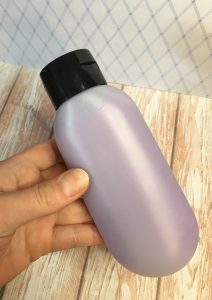
So, yeah. You could add a bunch of extras to your body wash, but honestly this is a rinse off product and that would just be a waste. The only additional thing I would consider adding is maybe an oil (to add some more hydrating properties).
Please don’t add any super expensive ingredients to your body wash. Save those for a lotion or spray, that will actually be staying on your skin for more than a few seconds. Otherwise, you are literally washing it down the drain.
Surfactants
Surfactants are what give the body wash the “cleansing” abilities. They are also wetting agents. We actually use three different surfactants in this body wash, they are SLSA, cocamidopropyl betaine and decyl glucoside. (Try saying those names, three times fast!)
Lets briefly go over each of the surfactants.
Sodium Lauryl Sulfoacetate (SLSA)
This is our primary surfactant, it is in a powder form and is an anionic surfactant. We use this surfactant for these reasons:
- foaming abilities
- non irritating formula that is plant based
Although this surfactant is non-irritating, the fine particles can be. You might want to wear a mask while handling them. I will normally just be extra careful with the powder, so I don’t breathe it all in.
This is our secondary surfactant, it is an amphoteric surfactants. We use this surfactant for these reasons:
- improves viscosity
- improve foam performance
- moderate emulsifier
This is another secondary surfactant, it is an non-ionic surfactant. We use this for these reasons:
- mild on skin
- generates a stable foam
- easily thickened
Increasing the Viscosity
It is our Phase A ingredients that help to increase the viscosity of our body wash. It’s super important to note that you always want to mix your xanthan gum into something to disperse it, before it gets put into water.
If you haven’t already, do a test and see what happens when you drop xanthan gum right into water. Spoiler…It is going to get small gel like clumps in your product. You can get these out, but it is kind of time consuming.
This is easily prevented by dispersing the xanthan gum in vegetable glycerin, before you introduce it to the water. What the xanthan gum wants to do, is thicken everything up right away.
Quite honestly, it is almost too quick at trying to thicken the product and gets itself stuck into a little gel blob. By dispersing it first in the vegetable glycerin, we slow how quickly it is introduced to water. Thus, giving it enough time to fully dissolve.
%27%20fill-opacity%3D%27.5%27%3E%3Cellipse%20fill%3D%22%235b7066%22%20fill-opacity%3D%22.5%22%20rx%3D%221%22%20ry%3D%221%22%20transform%3D%22matrix(157.86606%20-80.09002%20295.96125%20583.37149%2061.4%20502)%22%2F%3E%3Cellipse%20fill%3D%22%23ded5de%22%20fill-opacity%3D%22.5%22%20rx%3D%221%22%20ry%3D%221%22%20transform%3D%22rotate(128%20241.9%20213.1)%20scale(268.08368%20748)%22%2F%3E%3Cellipse%20fill%3D%22%2352cba8%22%20fill-opacity%3D%22.5%22%20rx%3D%221%22%20ry%3D%221%22%20transform%3D%22matrix(170.92778%20190.9602%20-97.49256%2087.26524%20198.6%20351)%22%2F%3E%3Cellipse%20fill%3D%22%23d4de67%22%20fill-opacity%3D%22.5%22%20rx%3D%221%22%20ry%3D%221%22%20transform%3D%22matrix(277.31864%20-226.17557%2091.80786%20112.56756%20675.6%20960.7)%22%2F%3E%3C%2Fg%3E%3C%2Fsvg%3E)
Before %27%20fill-opacity%3D%27.5%27%3E%3Cellipse%20fill%3D%22%23588e8c%22%20fill-opacity%3D%22.5%22%20rx%3D%221%22%20ry%3D%221%22%20transform%3D%22matrix(282.53218%2039.6425%20-62.77316%20447.38446%2092.3%20386)%22%2F%3E%3Cellipse%20fill%3D%22%23dbd5be%22%20fill-opacity%3D%22.5%22%20rx%3D%221%22%20ry%3D%221%22%20transform%3D%22matrix(-230.08561%207.23073%20-26.2594%20-835.5875%20660%20413)%22%2F%3E%3Cellipse%20fill%3D%22%2356d6bc%22%20fill-opacity%3D%22.5%22%20rx%3D%221%22%20ry%3D%221%22%20transform%3D%22matrix(141.81382%20-65.22707%20102.37236%20222.57348%20277%20246.7)%22%2F%3E%3Cellipse%20fill%3D%22%23d6e574%22%20fill-opacity%3D%22.5%22%20rx%3D%221%22%20ry%3D%221%22%20transform%3D%22matrix(15.28908%20-188.51736%20356.5302%2028.91521%20758%20992.7)%22%2F%3E%3C%2Fg%3E%3C%2Fsvg%3E)
After Cool Down %27%20fill-opacity%3D%27.5%27%3E%3Cpath%20fill%3D%22%234f7572%22%20fill-opacity%3D%22.5%22%20d%3D%22M14-34l-44%20768%20716%2084z%22%2F%3E%3Cellipse%20fill%3D%22%23dfd8ce%22%20fill-opacity%3D%22.5%22%20rx%3D%221%22%20ry%3D%221%22%20transform%3D%22rotate(-35.1%20784.7%20-1018.7)%20scale(281.85954%20896.00001)%22%2F%3E%3Cellipse%20fill%3D%22%232eba8f%22%20fill-opacity%3D%22.5%22%20rx%3D%221%22%20ry%3D%221%22%20transform%3D%22matrix(-30.54733%20170.28658%20-216.67348%20-38.86857%20127.3%20250.4)%22%2F%3E%3Cellipse%20fill%3D%22%23aaa337%22%20fill-opacity%3D%22.5%22%20rx%3D%221%22%20ry%3D%221%22%20transform%3D%22rotate(-44.2%201179.9%20362.5)%20scale(148.31696%20887.5031)%22%2F%3E%3C%2Fg%3E%3C%2Fsvg%3E)
Final
Watery Cool Down
Ok, so after you pull your body wash off of the heat, it is going to have a nice viscosity. However…. when you add your preservative and fragrance oil it is going to get watery. Don’t be alarmed, seriously! Within a few minutes, it is going to thicken back up.
Actually, it kind of works out well that it does this. It gives you a window to get the body wash into a bottle before it thickens back up.
Getting the body wash into your bottle
Depending on the bottle that you are using, it can be a little messy trying to get the body wash in it. I like to use the tottle bottles that sit on their tops, but they can be kinda hard to fill.
To make it a little easier, I will use a mason jar to hold the bottle in an upright position. Then I use a small silicone funnel to get the body wash into the bottle.
If when you are filling your bottle, if you notice that the body wash gets stuck in the silicone funnel, just squeeze it a little bit. That is normally enough to get it all moving again.
DIY Body Wash Recipe
Equipment
- Heat Safe Container
- Spatula
- Double boiler
- Small mixing bowl
- Bottle to store the body wash
- Mason jar (to hold up container)
- Silicone funnel
Ingredients
Phase A
- 0.24 ounce | 6% Vegetable Glycerin
- 0.04 ounce | 1% Xanthan Gum
Phase B
- 2.68 ounce | 67% Distilled Water
- 0.40 ounce | 10% Sodium Lauryl Sulfoacetate (SLSA)
- 0.24 ounce | 6% Cocamidopropyl Betaine
- 0.20 ounce | 5% Decyl Glucoside
Phase C
- 0.16 ounce | 4% Fragrance Oil
- 0.04 ounce | 1% Broad Spectrum Preservative
Instructions
Phase A
- In a small bowl, mix together the vegetable glycerin and xanthan gum.
- Set the slurry off to the side for now.
Phase B
- Mix together your three surfactants: SLSA, cocamidopropyl betaine and decyl glucoside.
- It is going to make a thick surfactant paste.
- Add your vegetable glycerin and xanthan gum slurry to the surfactant paste you just made. Then mix well.
- Add your distilled water. You are going to want to mix it just a little bit, more so to just get the surfactant paste off the bottom of the container.
- Place on a double boiler.
Phase C
- After you remove your body wash from the double boiler, you are going to want to add your fragrance oil and broad spectrum preservative. Mix well.
- Add your mica powder and mix until it is fully combined and no mica clumps remain.
- Pour into your bottle and enjoy!
Notes
Products you might need:
Some links are “affiliate links,” because I am an Amazon Associate and I earn from qualifying purchases. There is no additional cost to you, the price of the item is the same whether it is an affiliate link or not.
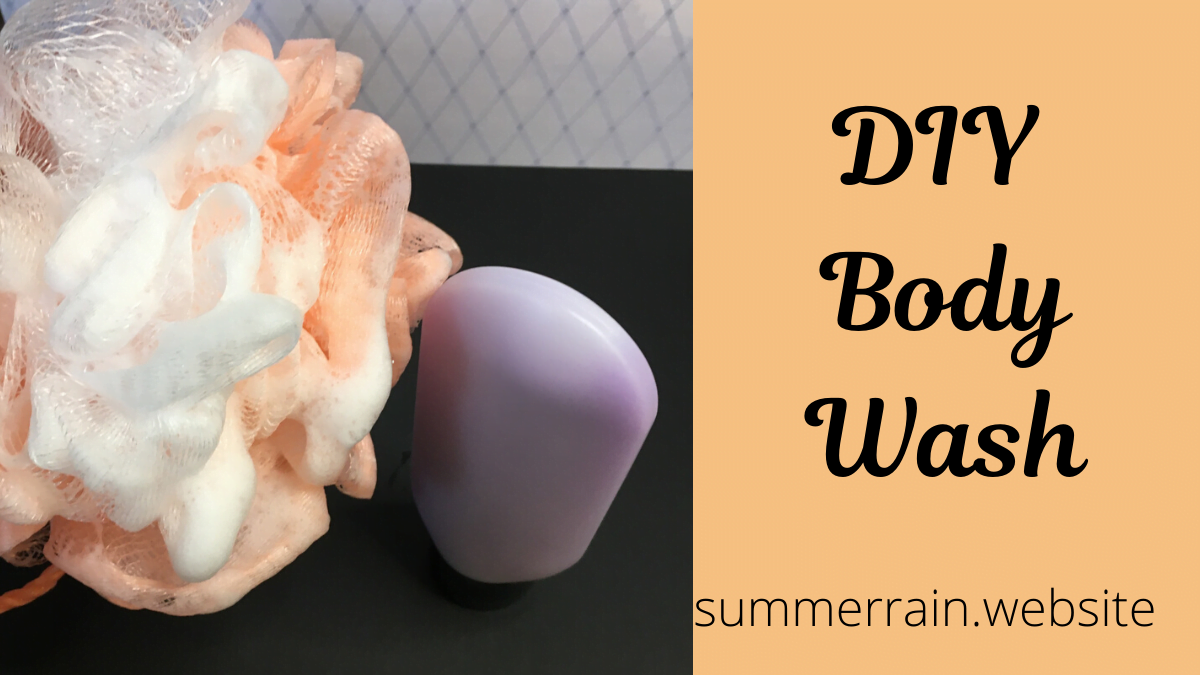


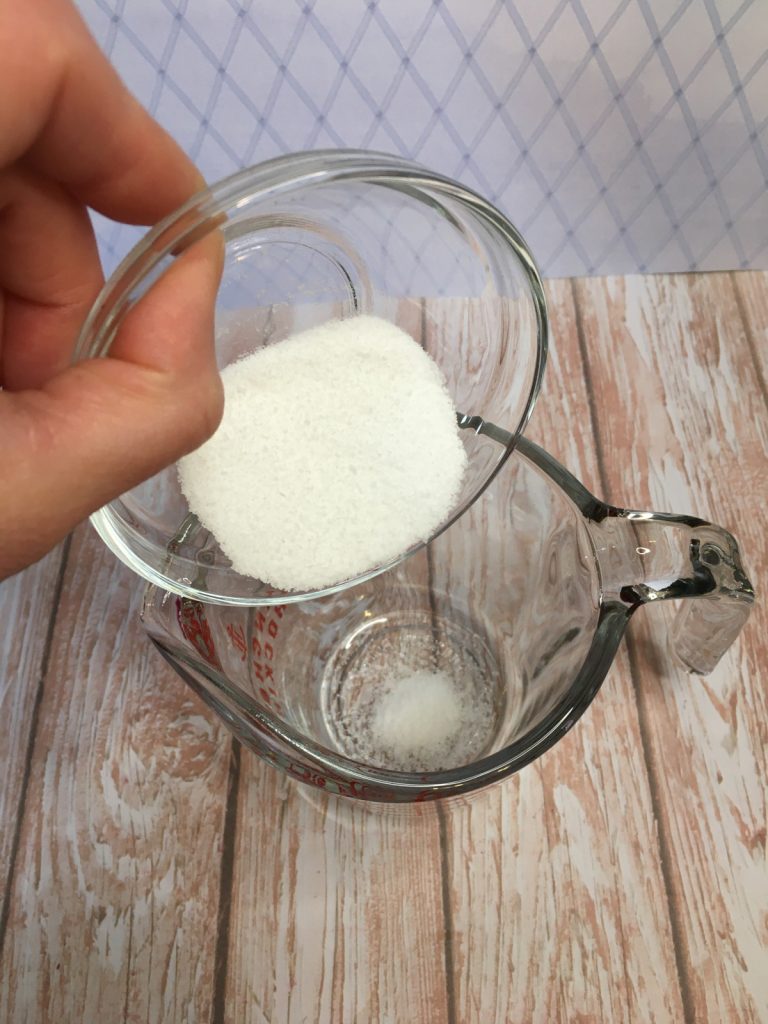
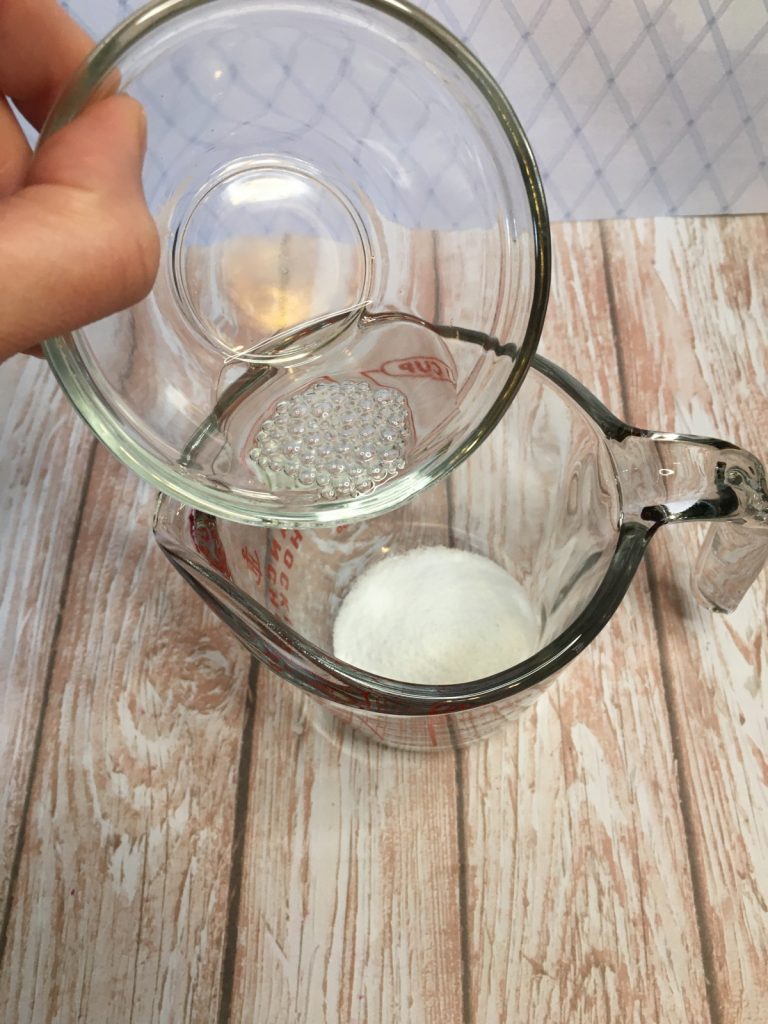
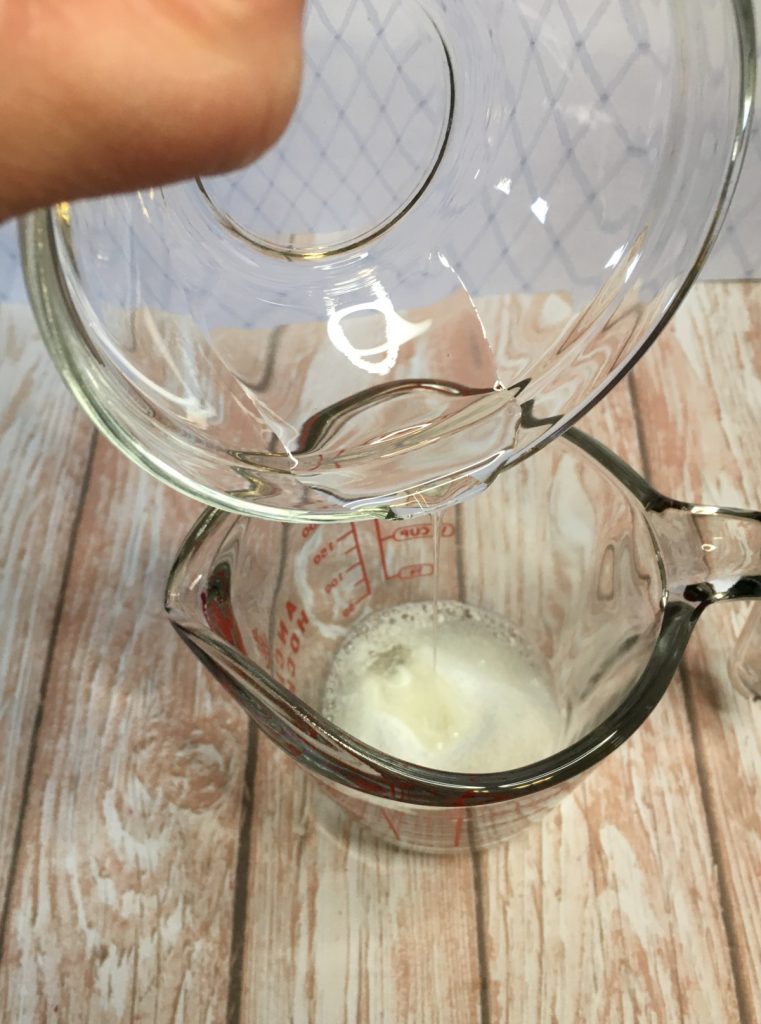

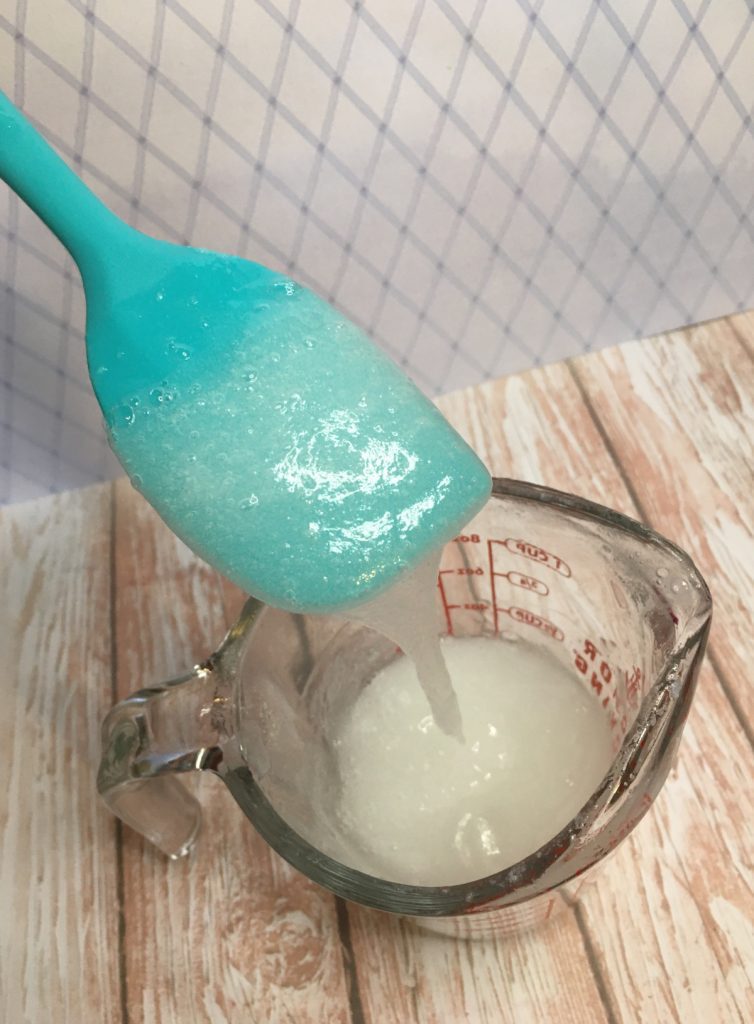
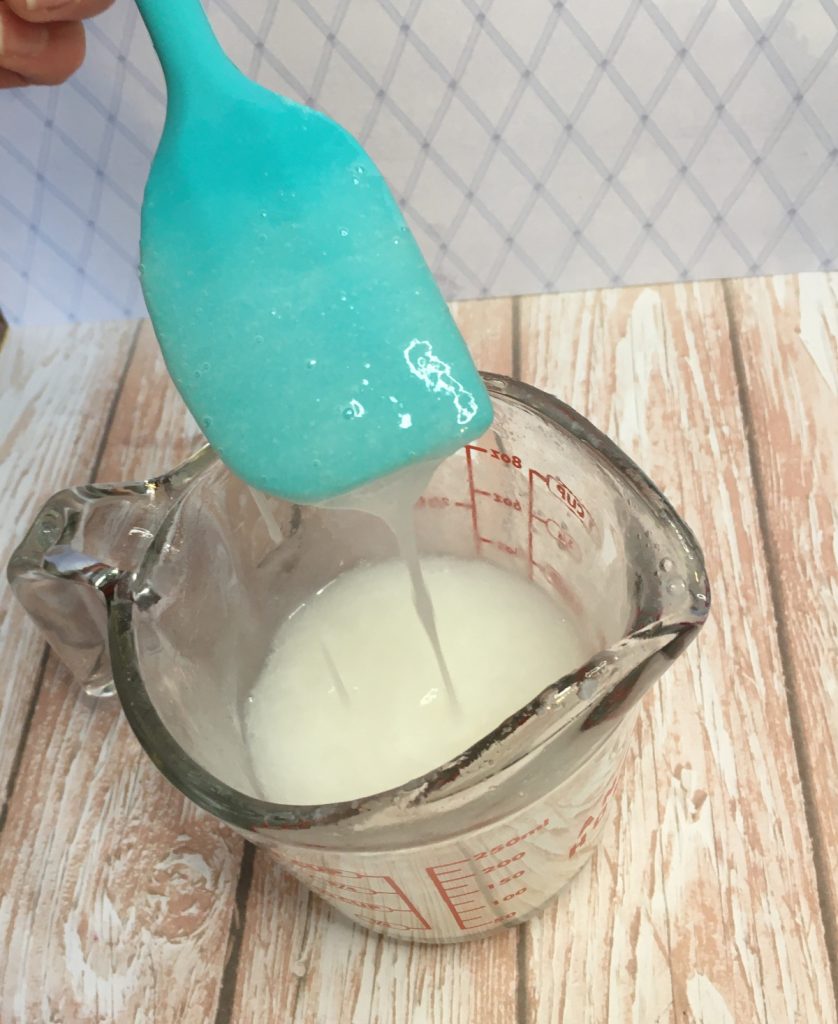
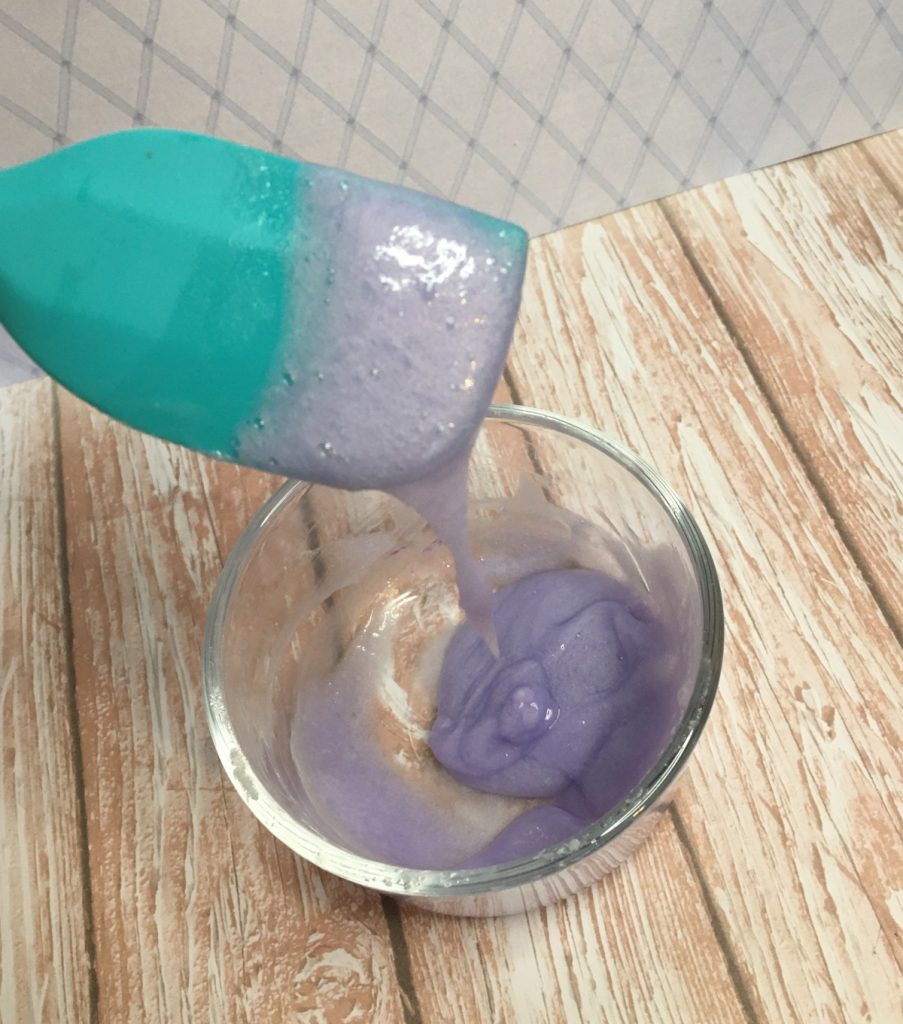
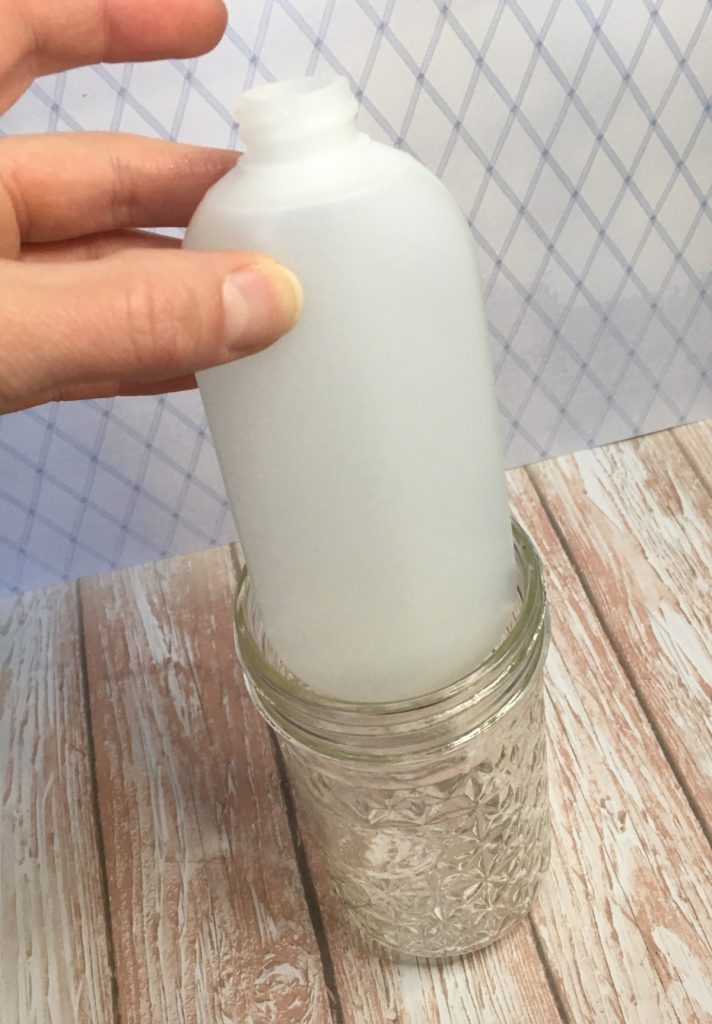
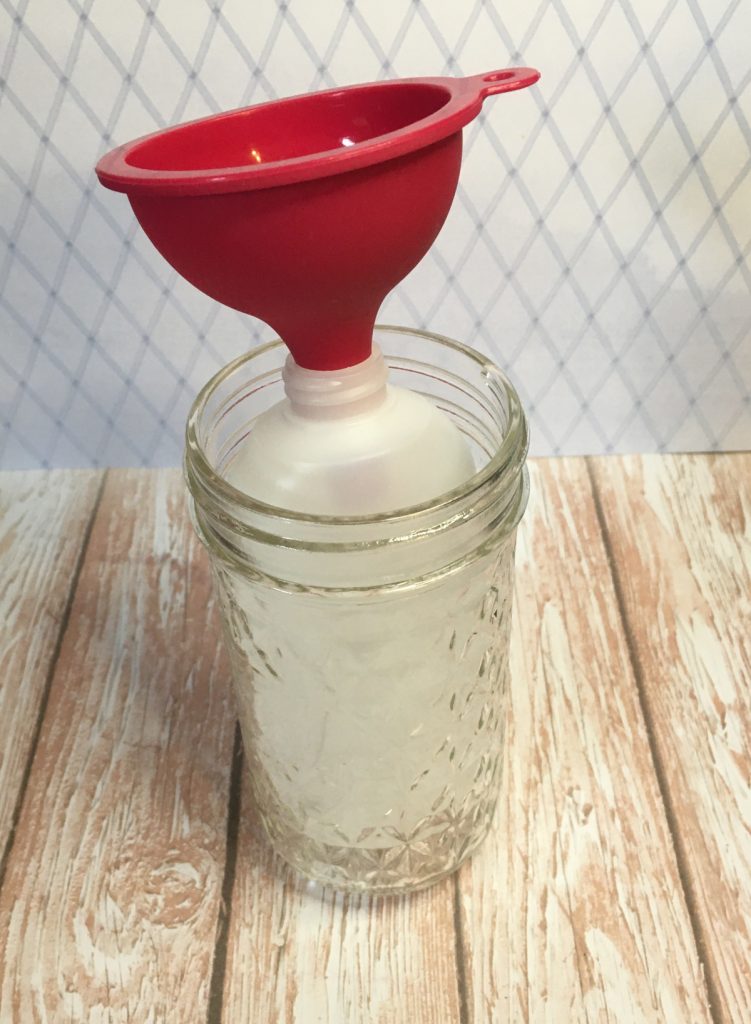
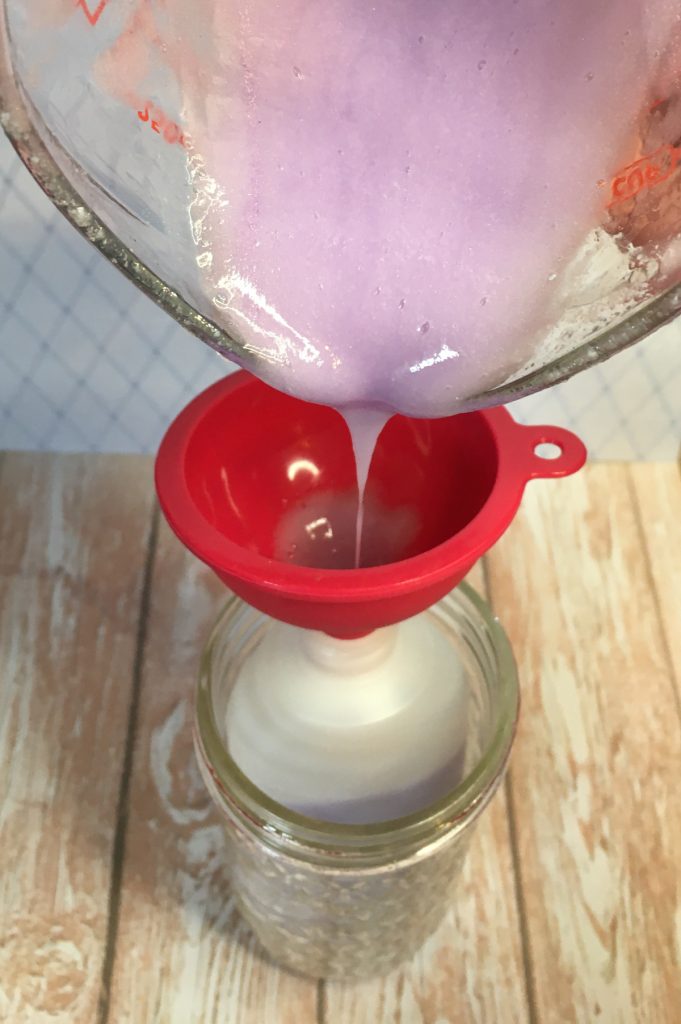
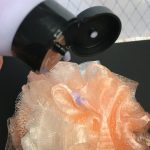



2 thoughts on “Learn How To Make Body Wash From Scratch”
Hello,
You mentioned possibly adding an oil for hydration. Where would you add this in the recipe and how much would you add?
Thank You
If I was going to add an oil I would add in a new phase. You will also need to add an emulsifier such as polysorbate 80 at the same time.
You wouldn’t need much oil in here, maybe 1-2% of the recipe.
Comments are closed.